Primary, Secondary and Tertiary Packaging: What are their Differences?
2023-06-10
Packaging is an essential component of the modern business world. It not only protects products but also plays a crucial role in branding, marketing, and creating a memorable customer experience. Packaging can be classified into three types – primary, secondary, and tertiary packaging.

What is Primary Packaging?
Primary packaging refers to the first layer of packaging that directly comes in contact with the product.
It is designed to protect the product from contamination, damage, and spoilage. Examples of primary packaging include bottles, cans, jars, bags, tubes, and sachets. Primary packaging also helps in preserving the quality and freshness of the product.
The choice of primary packaging material depends on the nature of the product and its intended use. For example, food products require primary packaging that is airtight and prevents moisture from entering. The packaging must also be able to withstand changes in temperature and pressure during transportation and storage.
Beverage companies often use glass bottles as primary packaging because they are impermeable to gases and do not react with the contents. Glass bottles also provide an attractive appearance that appeals to customers. However, glass is fragile and heavy, which makes it difficult to transport and handle.

Plastic bottles are another popular choice for beverage companies. They are lightweight, durable, and easy to transport. Plastic bottles also offer more flexibility in terms of design and shape than glass bottles. However, plastic is not biodegradable, which has led to concerns about environmental pollution.
Metal cans are commonly used for packaging beverages, soups, and other food items. They are lightweight, stackable, and easy to open. Metal cans also have excellent barrier properties, which means they protect the contents from light, air, and moisture. However, metal cans can rust and are not suitable for acidic products.

Flexible packaging is a popular choice for food products like snacks, cereals, and frozen foods. Flexible packaging includes pouches, bags, and wrappers made of materials like plastic, paper, and aluminum foil. Flexible packaging is lightweight, easy to store, and convenient for consumers. It also allows for more creative designs and shapes than rigid packaging.
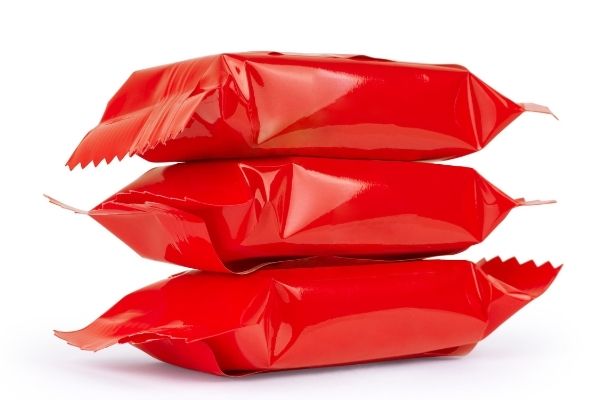
The choice of primary packaging material depends on several factors, including the product’s characteristics, the manufacturing process, the distribution channels, and the target market. The packaging must be able to protect the product from damage, maintain its quality, and provide an attractive appearance that appeals to customers.
What are the Packaging Machines that Work for Primary Packaging?
There are several types of packaging machines that can be used for primary packaging, depending on the specific product and its requirements. Some common examples include:
- Filling machines: These machines are used to fill products such as liquids, powders, or granules into containers like bottles, pouches, or sachets.
- Form-fill-seal machines: These machines are used to form a package from a roll of material, fill it with the product, and seal it all in one process. This is commonly used for products like snacks, coffee, or pet food.
- Blister packaging machines: These machines create individual pockets of plastic or aluminum foil that hold the product, which is then sealed with a backing card. This type of packaging is often used for medications or small consumer goods.
- Capping machines: These machines are used to place caps or lids on containers, such as bottles or jars.
- Sachet packing machines: These machines are used to pack small quantities of products like sauces, condiments, or creams in sachets made of plastic film.
- Tube filling machines: These machines are used to fill and seal products like toothpaste, ointments, or cosmetics into tubes made of plastic or metal.
- Thermoforming machines: These machines use heat and pressure to mold plastic sheets into various shapes and sizes, which can then be filled with products and sealed.
- Flow wrapping machines: These machines are used to wrap products in a continuous roll of plastic film, creating a tight seal around the product. This is commonly used for items like candy bars or bakery products.
- VFFS (Vertical Form Fill Seal) machines: These machines create pouches or bags from a flat roll of film, which are then filled with the product and sealed. This type of machine is often used for snacks, coffee, or pet food.
- Stick packing machines: These machines are used to pack small quantities of powders or granules into long, narrow packets known as stick packs
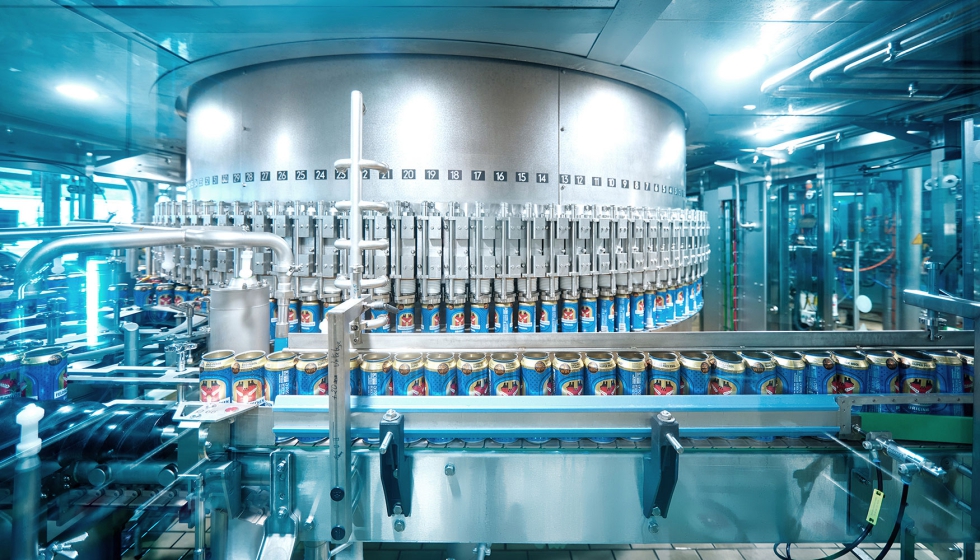
What is Secondary Packaging?
Secondary packaging is the second layer of packaging that holds the primary packaging together. It provides additional protection to the product during transportation, storage, and handling. Secondary packaging can be made of cardboard, plastic, or other materials. Examples of secondary packaging include boxes, cartons, shrink wrap, and blister packs.
The primary function of secondary packaging is to protect the primary packaging from damage during shipping and handling. Secondary packaging also serves as a branding and marketing tool, as it allows for more space to display logos, slogans, and other promotional information. Secondary packaging can also improve the ease of handling and storage of the product.
Boxes and cartons are common forms of secondary packaging. They provide extra protection for the primary packaging and make it easier to transport and store the product. Boxes and cartons can be customized with printed graphics and colors to enhance the brand’s image.
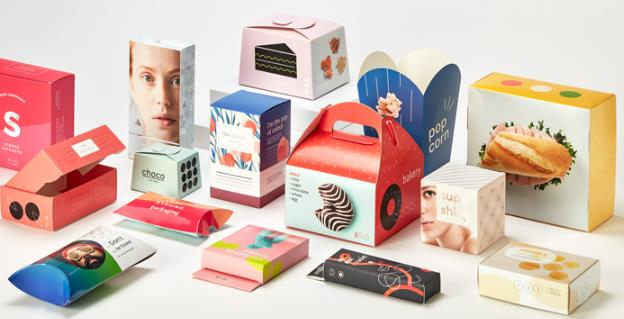
Shrink wrap is another form of secondary packaging that is commonly used in the food industry. Shrink wrap provides a tight seal around the primary packaging, which helps to prevent contamination and spoilage. Shrink wrap is also easy to apply and can be customized with printed graphics.

Secondary packaging is an important part of the overall packaging design. It provides additional protection to the product and allows for more creative branding and marketing strategies.
What are the Packaging Machines that Work for Secondary Packaging?
There are several packaging machines that work for secondary packaging, which include:
- Cartoning machines: these machines pack products into cartons or boxes, typically used for products like cereal, pharmaceuticals, and cosmetics.
- Shrink wrapping machines: these machines wrap products in a layer of plastic film, typically used for products like beverages, books, and electronics.
- Stretch wrapping machines: these machines wrap products in stretchable plastic film, typically used for products like pallets, furniture, and machinery.
- Bundling machines: these machines bundle products together using shrink wrap or strapping, typically used for products like lumber, pipes, and textiles.
- Labeling machines: these machines apply labels to products or packaging, typically used for products like food, beverages, and cosmetics.
- Inspection machines: these machines inspect products or packaging for defects or quality issues, typically used for products like pharmaceuticals, electronics, and food.

What is Tertiary Packaging?
Tertiary packaging is the third and final layer of packaging that is used for bulk transportation and storage. Tertiary packaging is designed to protect the products during long-distance shipping and handling. Examples of tertiary packaging include pallets, crates, and shipping containers.
The primary function of tertiary packaging is to ensure the safe transportation and storage of the product. Tertiary packaging must be able to withstand the rigors of transportation, including stacking, vibration, and temperature changes. Tertiary packaging also makes it easier to handle and store large quantities of products.
Pallets are commonly used in the logistics industry. They are flat platforms made of wood, plastic, or metal, and they allow for easy stacking and transport of goods. Pallets can be customized to fit specific product dimensions and can be easily moved with a forklift.

Crates are another form of tertiary packaging. They are typically made of wood or plastic and are used to transport and store bulky or heavy items. Crates provide extra protection to the product and make it easier to stack and move.
Shipping containers are the most common form of tertiary packaging for international shipping. They are made of steel or aluminum and are designed to withstand harsh weather conditions and rough handling. Shipping containers come in standard sizes and can be easily loaded onto trucks, trains, or ships.
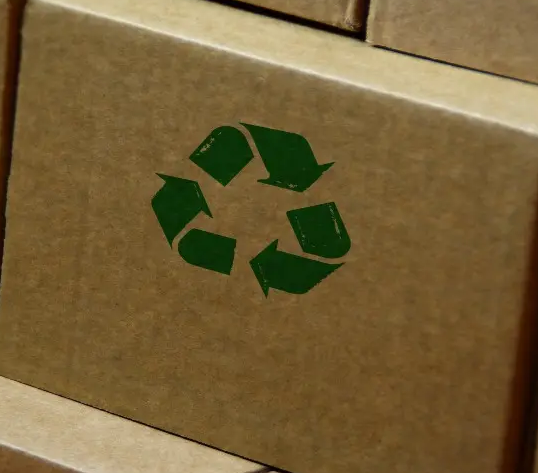
Tertiary packaging is essential for the safe and efficient transportation of goods. It ensures that products arrive at their destination in good condition and reduces the risk of damage or spoilage.
What are the Packaging Machines that Work for Tertiary Packaging?
There are several packaging machines that can be used for tertiary packaging, which refers to the packaging of already packaged products into larger containers or pallets for transportation and storage. Some examples include:
- Case packers: These machines automatically load smaller packaged products (such as bottles or cans) into larger cases or cartons.
- Palletizers: These machines arrange cases or cartons onto pallets in a specific pattern for efficient transportation and storage.
- Stretch wrappers: These machines wrap a stretch film around the pallets to secure the products and prevent them from shifting during transportation.
- Strapping machines: These machines apply straps or bands around the pallets to hold them together and prevent damage.
- Carton sealers: These machines automatically close and seal the aps of cartons or cases before they are loaded onto pallets.
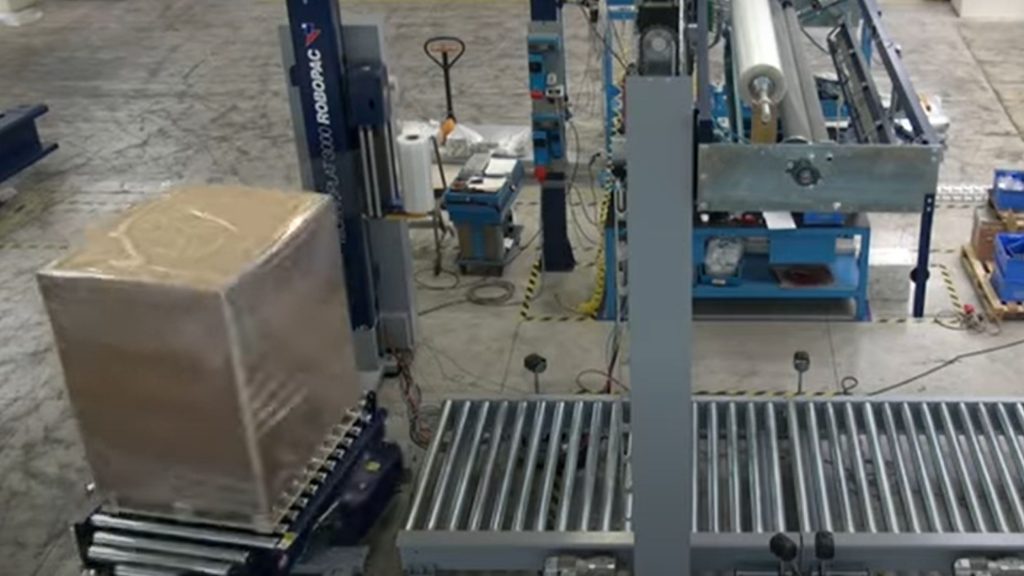
Conclusion
In conclusion, primary, secondary, and tertiary packaging all serve important roles in protecting products and creating a positive customer experience. Primary packaging protects the product and preserves its quality, secondary packaging provides additional protection and acts as a branding tool, and tertiary packaging ensures the safe transportation and storage of the product.
By understanding the different types of packaging, businesses can choose the best options for their products and ensure their success in the marketplace. The choice of packaging material, design, and function must take into account the product’s characteristics, manufacturing process, distribution channels, and target market.
Packaging is not just a means to protect products but also an opportunity to create a positive brand image and memorable customer experience. Effective packaging design can help businesses stand out in a crowded market and build strong relationships with customers.





